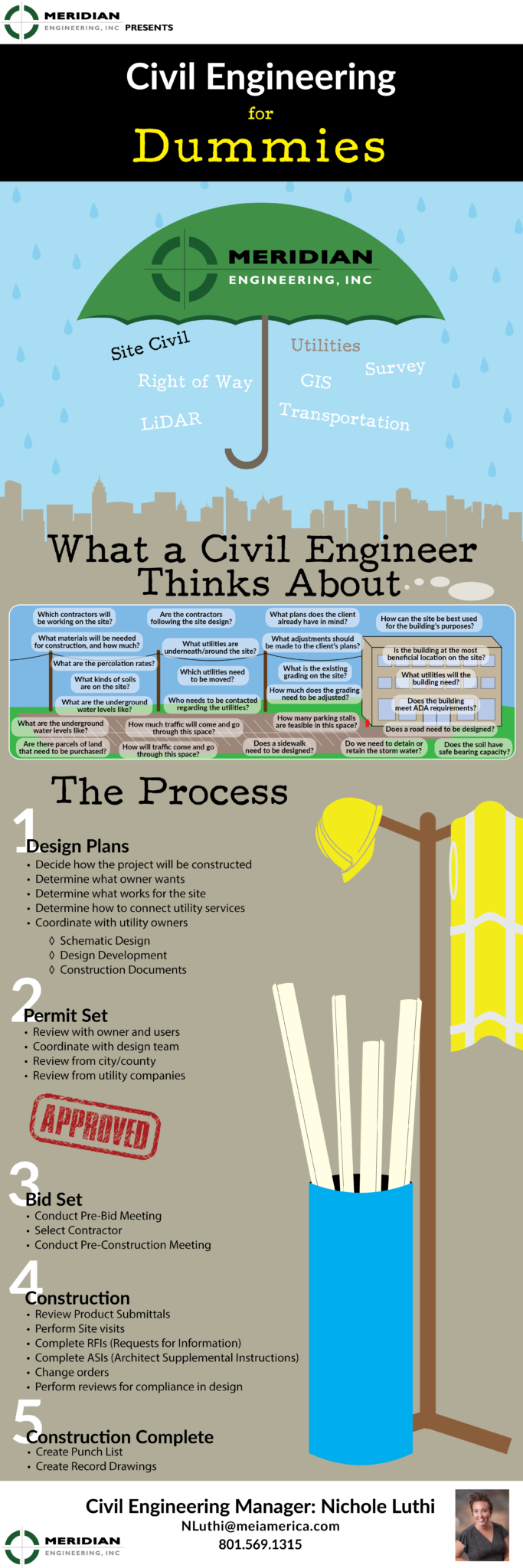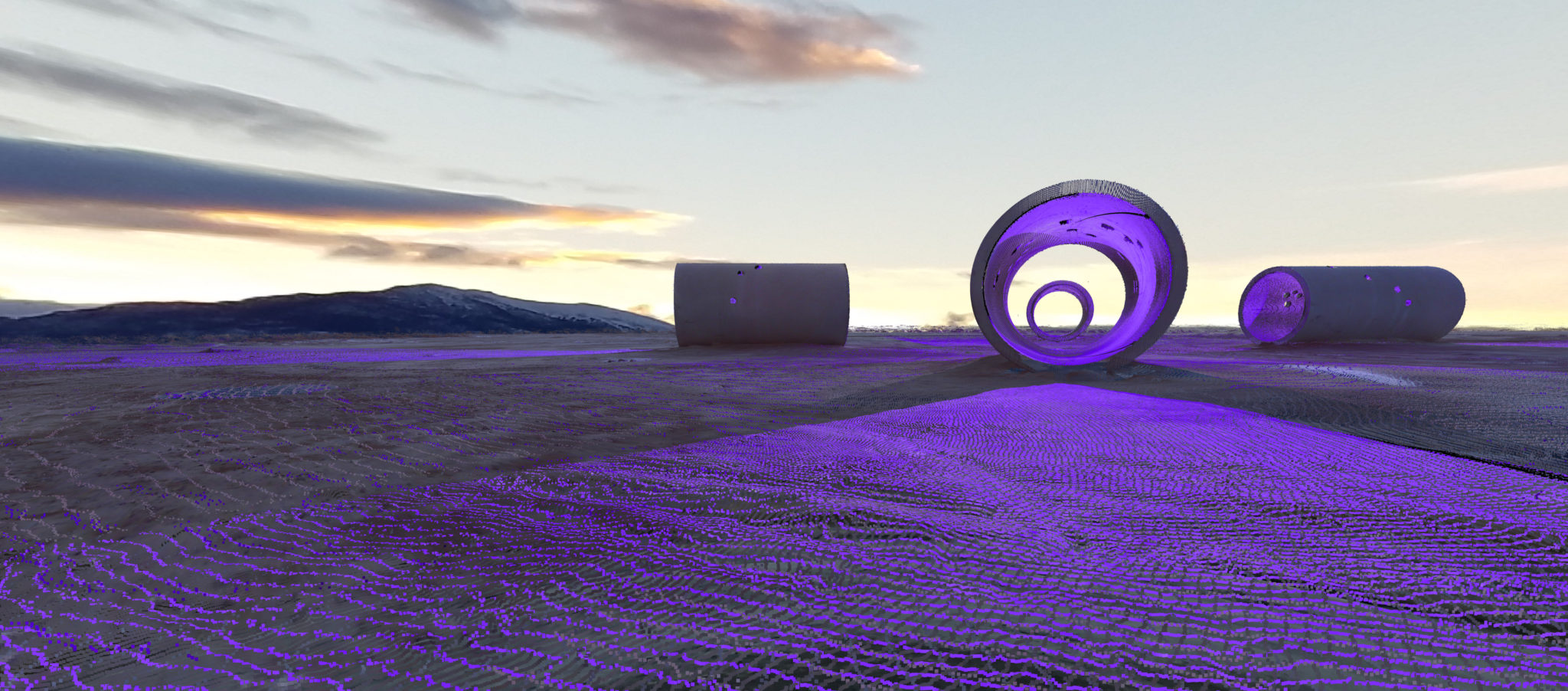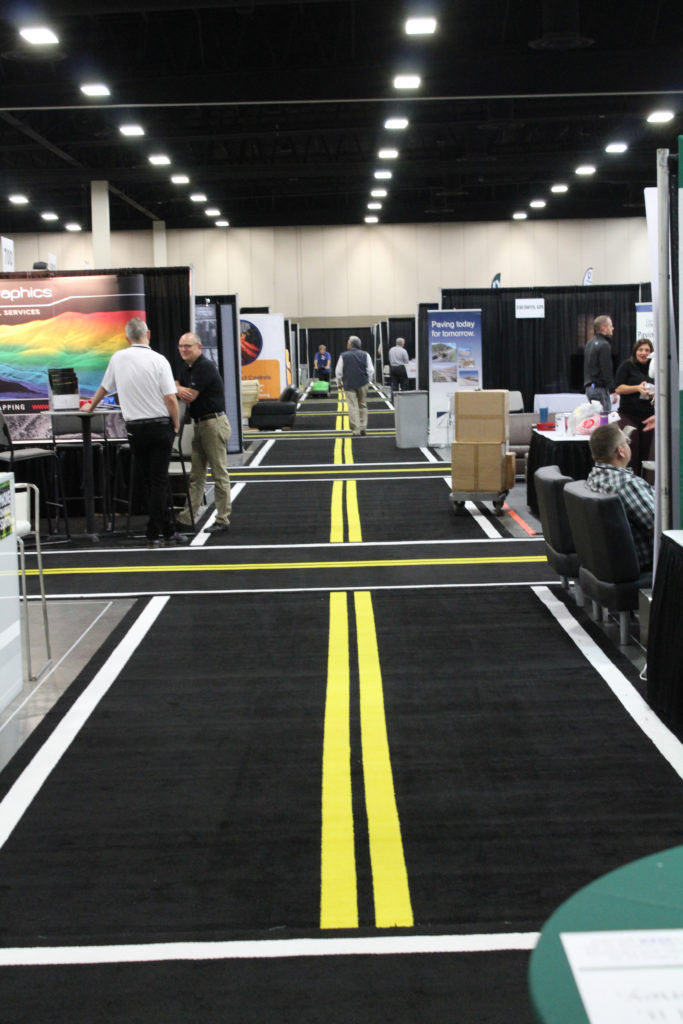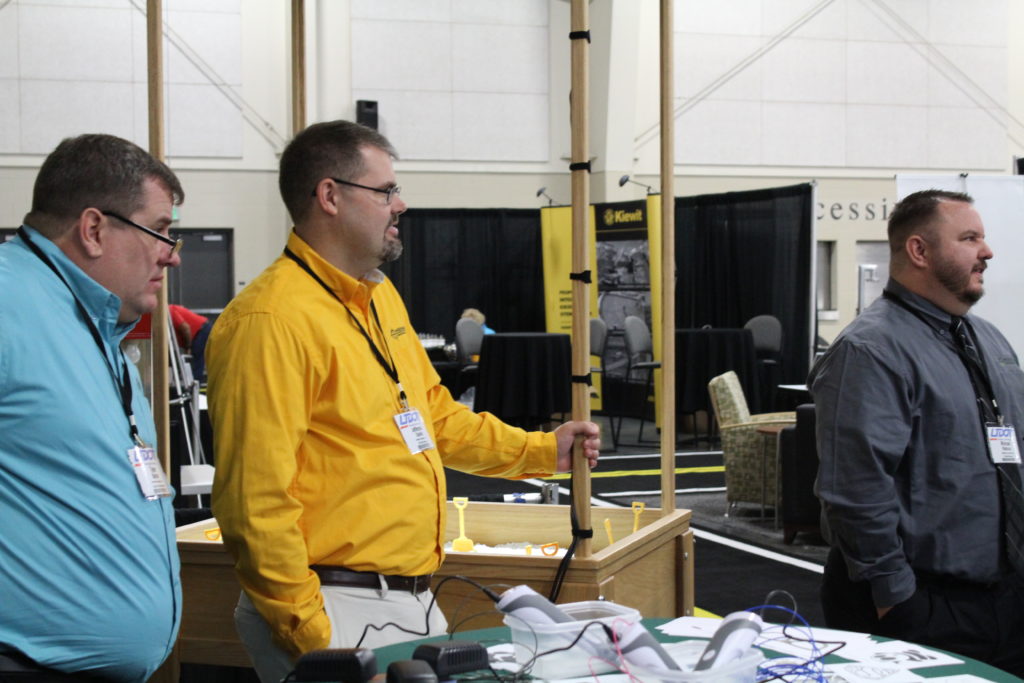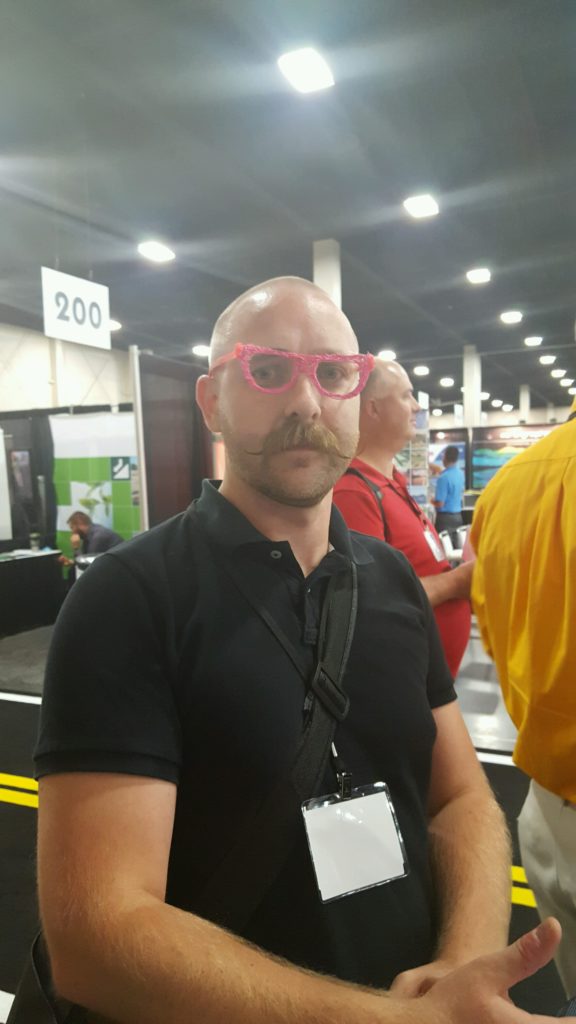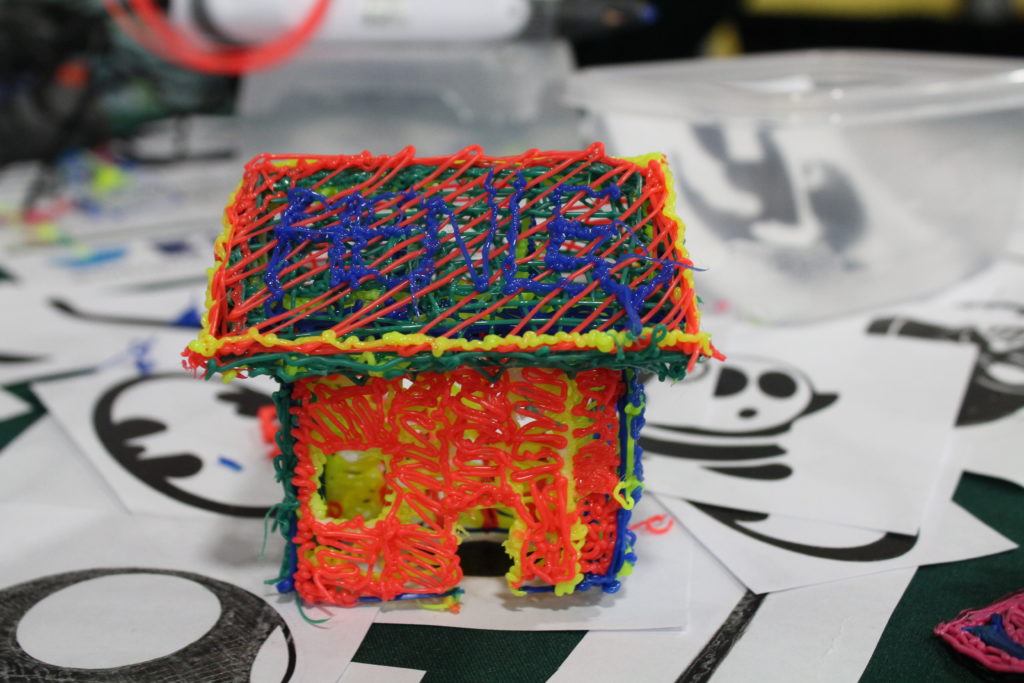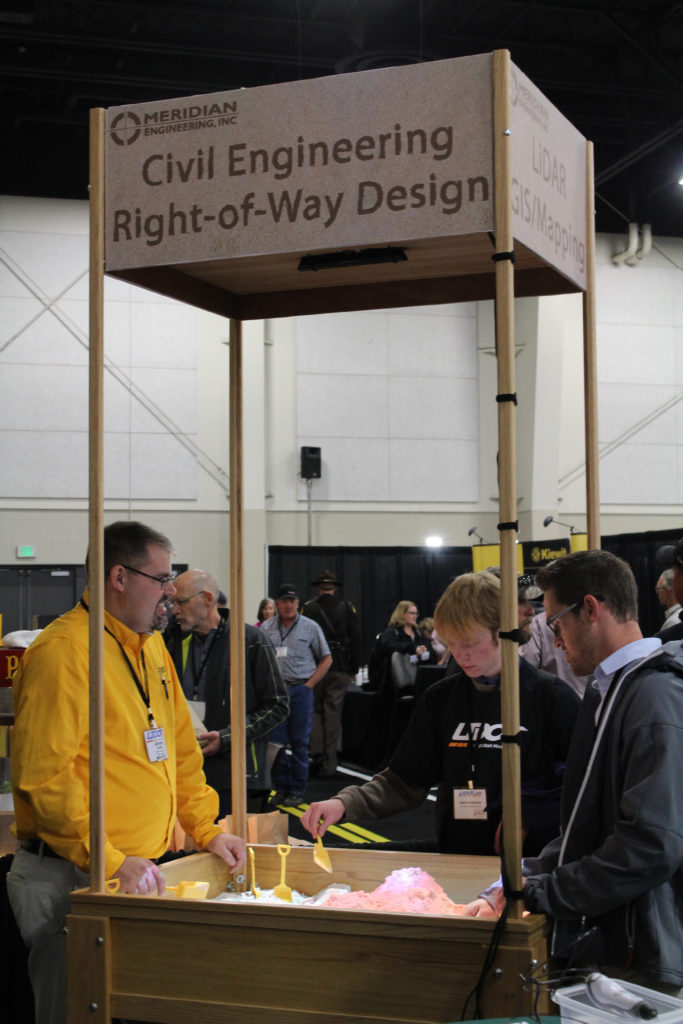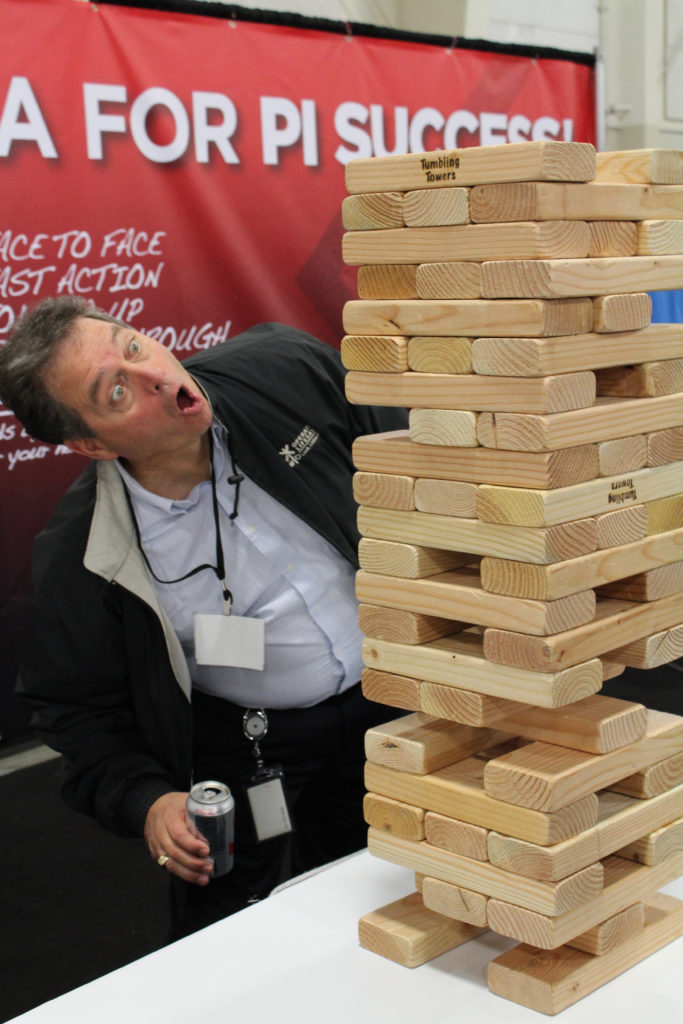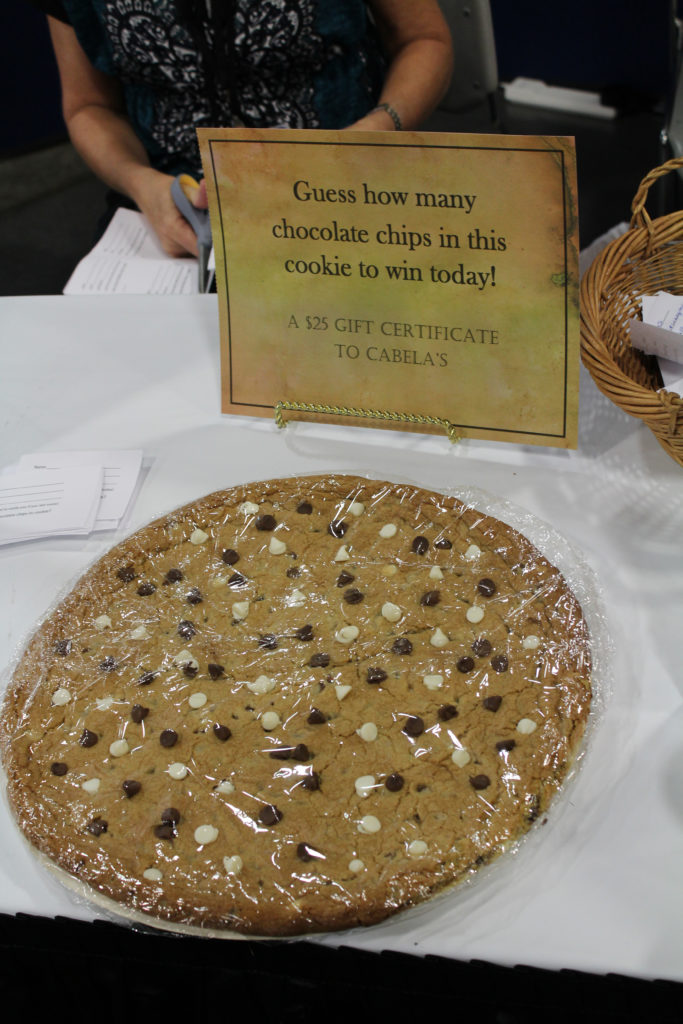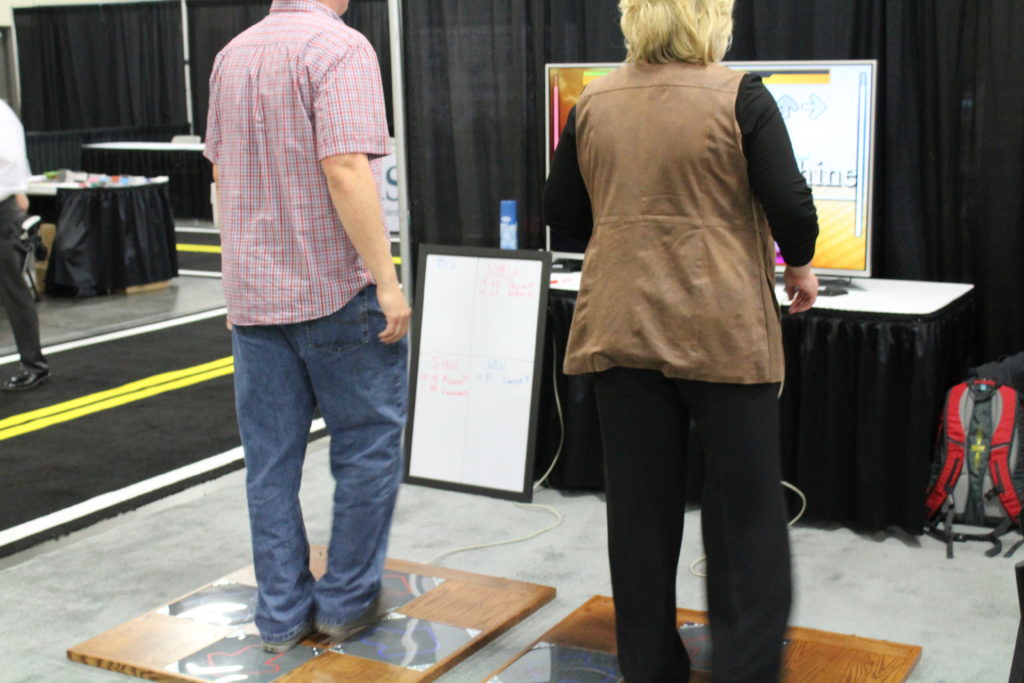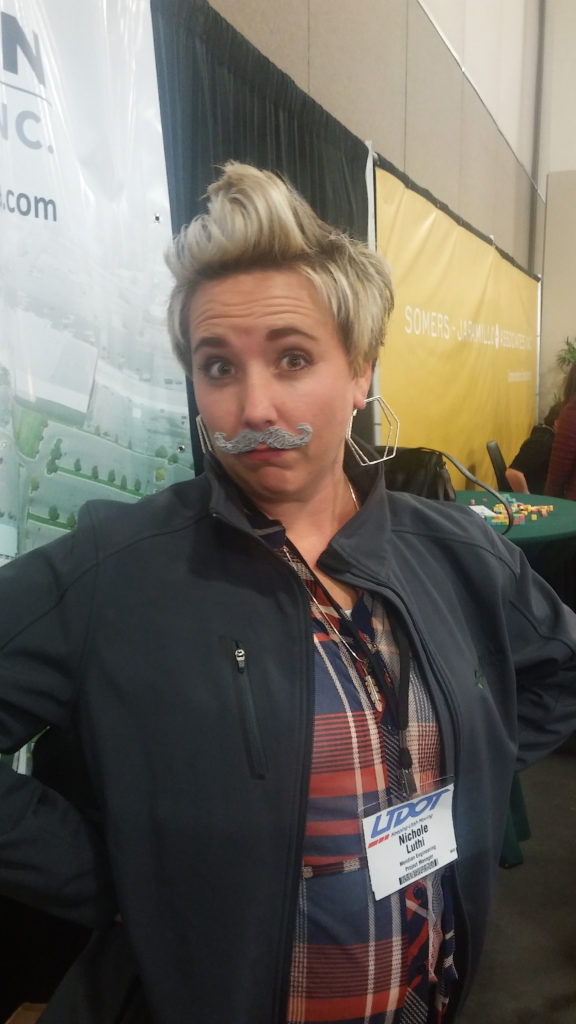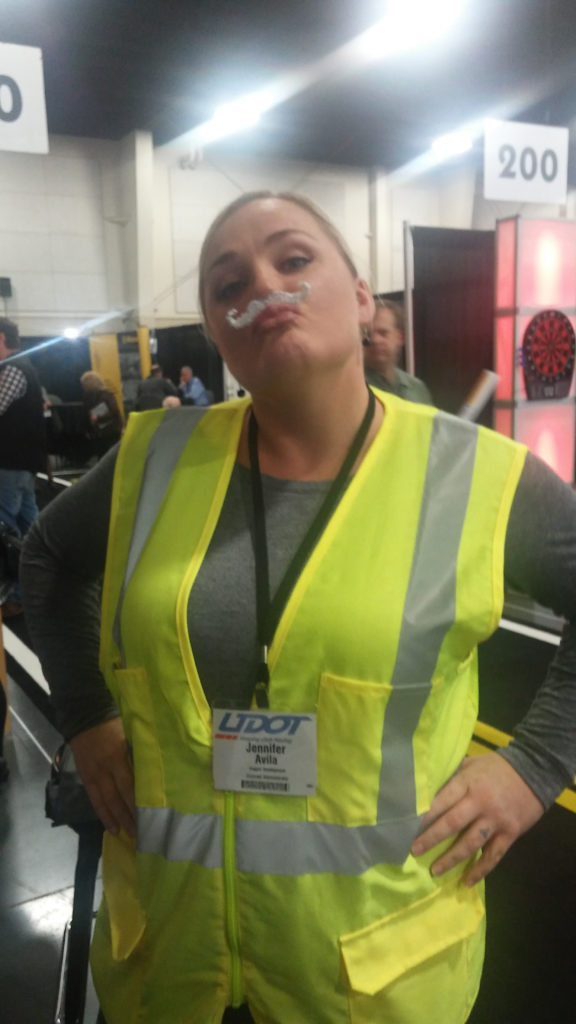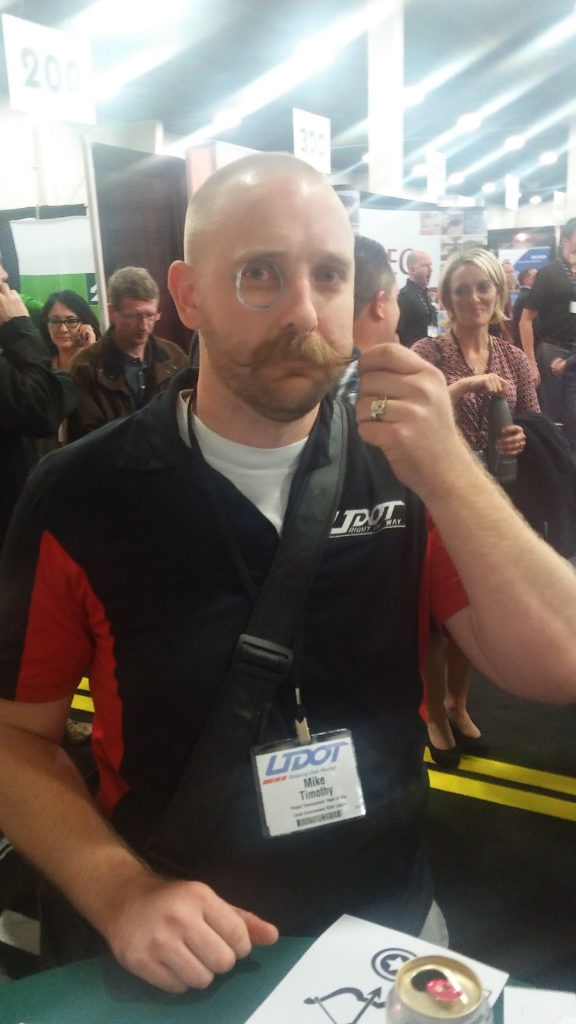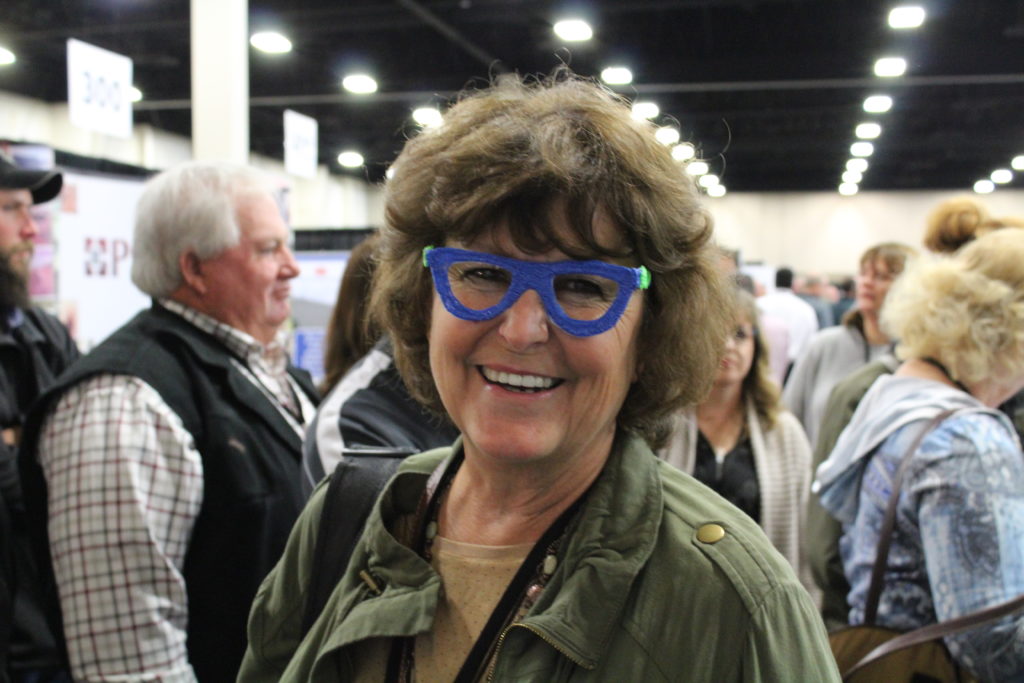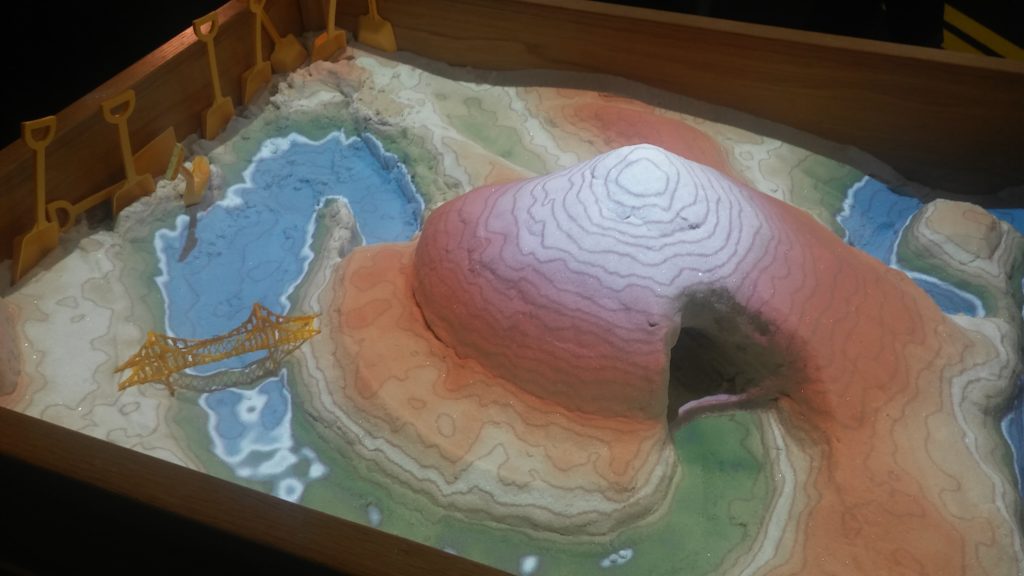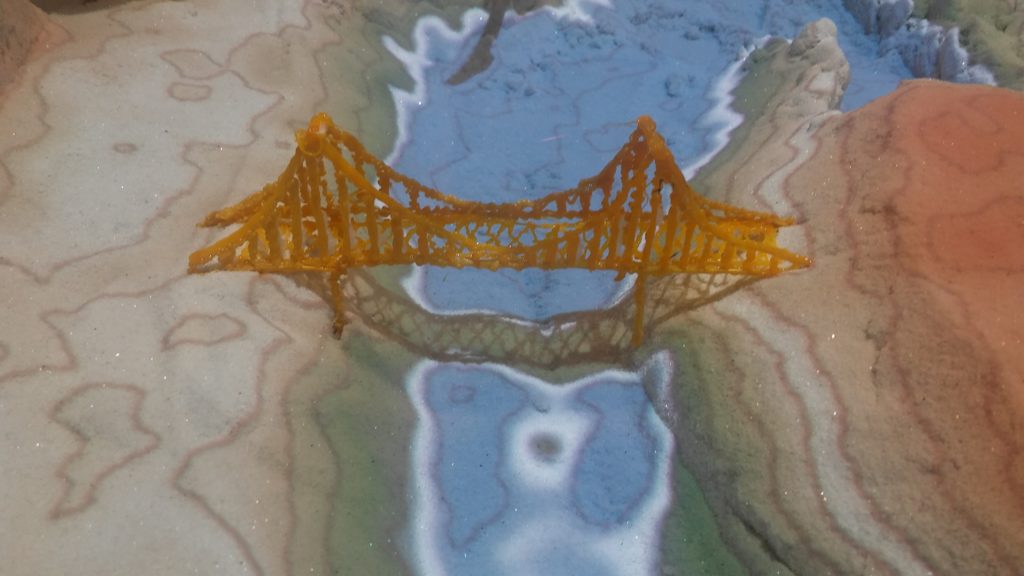When it comes to services rendered, Meridian is unmatched. When it comes to winning contests, Meridian is also unmatched. What can we say? We really enjoy winning.
Meridian entered LiDAR News’ annual “LiDAR as Art” contest. This year’s theme is Winter Solstice, and LiDAR manager Jeff Searle knew just what to scan: The Sun Tunnels.
Designed by artist Nancy Holt, the Sun Tunnels are a set of four massive concrete tubes. On the Summer and Winter Solstices, two tunnels line up to frame the sunrise and the other two tunnels line up to frame the sunset. We are a couple weeks early for the Winter Solstice, but we got some great images anyway.
Jeff, Tiana Moe, Marshall Burt, and Brian Boehmer spent hours scanning the Sun Tunnels from every angle to ensure we’d get the best image possible. After a bit of rendering and a touch of color, our entry was submitted.
Today we found out that we are finalists in the LiDAR as Art contest! Now we need your help to snag the win. Or completely dominate the contest—we aren’t picky.
Go to the link below and vote for Sun Tunnels. This is an international contest with some good contenders, and we need to show the world that our little corner of the world has unparalleled beauty.
http://lidarnews.com/articles/lidar-art-contest-finalists/
Below are some pictures of the Sun Tunnels, including our submitted image.
Stay tuned for a full account of our adventure that will be published on LiDAR News’ website!

